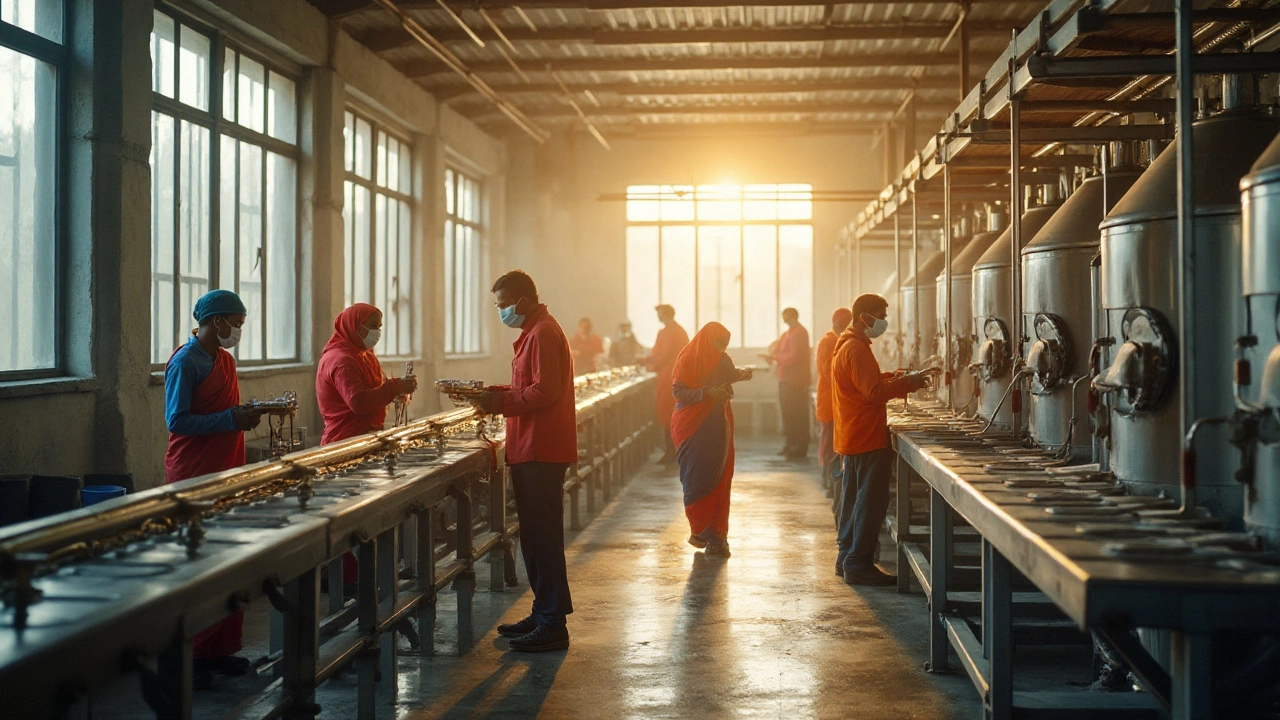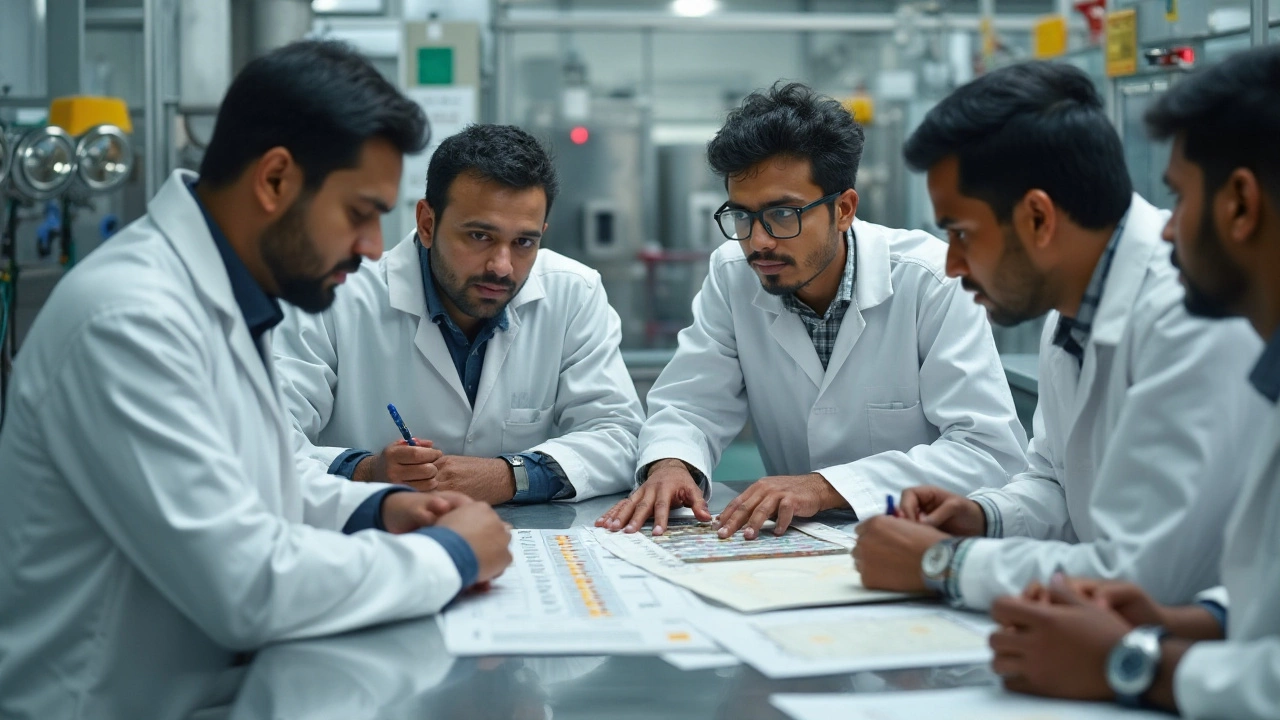Food Industry Insights – Trends, Careers, and Production Basics
When talking about the food industry, the network that turns raw farm produce into the meals on your table. Also known as food manufacturing sector, it covers everything from sourcing ingredients to delivering finished products. The food scientist, a professional who applies chemistry, biology, and engineering to develop safe, tasty, and nutritious foods plays a pivotal role, shaping product recipes and ensuring compliance with safety standards. Meanwhile, food processing, the set of techniques such as cleaning, cutting, heating, and packaging that turn raw ingredients into stable, market‑ready goods is the operational core that makes large‑scale production possible. Both of these functions rely heavily on an efficient supply chain, the coordinated flow of raw materials, information, and finished goods from farms to retailers. This chain links farmers, processors, distributors, and retailers, ensuring that perishable items arrive fresh while also keeping costs in check. The relationship among these entities creates a dynamic ecosystem where innovation, regulation, and consumer demand continuously reshape the market.
Key Players, Trends, and Career Paths
Within the food industry, the rise of plant‑based proteins, clean‑label products, and sustainable packaging is redefining what manufacturers offer. Nutrition, the science of how foods affect health and well‑being drives many of these shifts, pushing companies to improve ingredient transparency and fortify foods with vitamins and minerals. Companies that master food processing technology—such as high‑pressure pasteurization or extrusion—can launch novel products faster, giving them a competitive edge. At the same time, a robust supply chain backed by digital tracking and cold‑chain logistics reduces waste, which is a major concern given that over one‑third of produced food never reaches consumers. For professionals, roles like food scientist, quality assurance manager, and supply chain analyst are in high demand, each requiring a blend of scientific knowledge and practical problem‑solving. Salaries reflect this value; a senior food scientist can earn well above the national average, while logistics experts gain premium pay for optimizing routes and inventory.
All of these pieces—science, processing, logistics, and health—interact to shape the everyday foods you buy. Below you’ll find a curated set of articles that break down each component: from the exact job titles you might hold as a food scientist, to the foods you should never put in a processor, and the broader market forces that dictate which products succeed. Dive into the collection to see real examples, data‑driven insights, and actionable tips that will help you understand how the food industry operates today and where it’s headed tomorrow.




